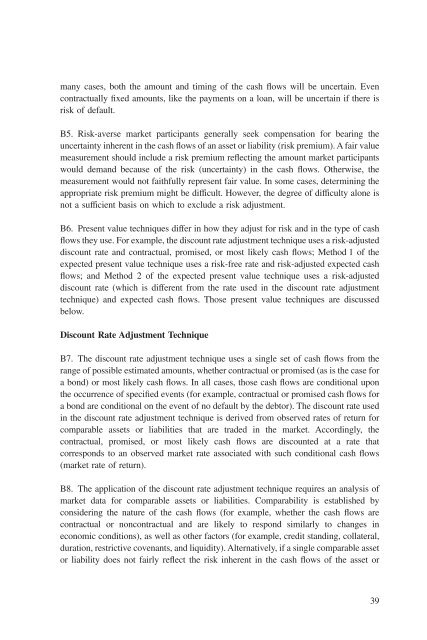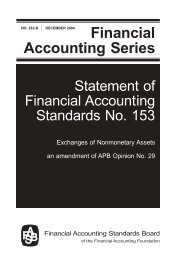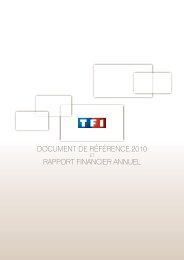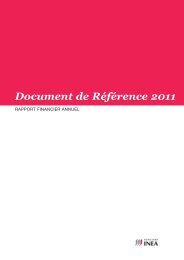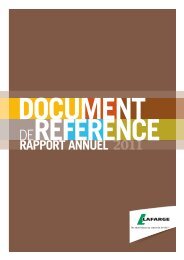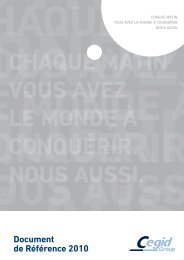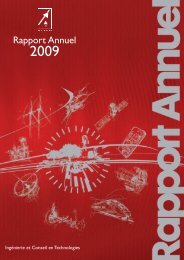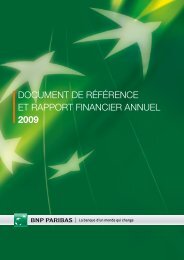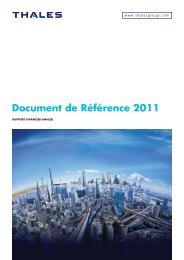Statement of Financial Accounting Standards No. 157 - Paper Audit ...
Statement of Financial Accounting Standards No. 157 - Paper Audit ...
Statement of Financial Accounting Standards No. 157 - Paper Audit ...
Create successful ePaper yourself
Turn your PDF publications into a flip-book with our unique Google optimized e-Paper software.
many cases, both the amount and timing <strong>of</strong> the cash flows will be uncertain. Even<br />
contractually fixed amounts, like the payments on a loan, will be uncertain if there is<br />
risk <strong>of</strong> default.<br />
B5. Risk-averse market participants generally seek compensation for bearing the<br />
uncertainty inherent in the cash flows <strong>of</strong> an asset or liability (risk premium). A fair value<br />
measurement should include a risk premium reflecting the amount market participants<br />
would demand because <strong>of</strong> the risk (uncertainty) in the cash flows. Otherwise, the<br />
measurement would not faithfully represent fair value. In some cases, determining the<br />
appropriate risk premium might be difficult. However, the degree <strong>of</strong> difficulty alone is<br />
not a sufficient basis on which to exclude a risk adjustment.<br />
B6. Present value techniques differ in how they adjust for risk and in the type <strong>of</strong> cash<br />
flows they use. For example, the discount rate adjustment technique uses a risk-adjusted<br />
discount rate and contractual, promised, or most likely cash flows; Method 1 <strong>of</strong> the<br />
expected present value technique uses a risk-free rate and risk-adjusted expected cash<br />
flows; and Method 2 <strong>of</strong> the expected present value technique uses a risk-adjusted<br />
discount rate (which is different from the rate used in the discount rate adjustment<br />
technique) and expected cash flows. Those present value techniques are discussed<br />
below.<br />
Discount Rate Adjustment Technique<br />
B7. The discount rate adjustment technique uses a single set <strong>of</strong> cash flows from the<br />
range <strong>of</strong> possible estimated amounts, whether contractual or promised (as is the case for<br />
a bond) or most likely cash flows. In all cases, those cash flows are conditional upon<br />
the occurrence <strong>of</strong> specified events (for example, contractual or promised cash flows for<br />
a bond are conditional on the event <strong>of</strong> no default by the debtor). The discount rate used<br />
in the discount rate adjustment technique is derived from observed rates <strong>of</strong> return for<br />
comparable assets or liabilities that are traded in the market. Accordingly, the<br />
contractual, promised, or most likely cash flows are discounted at a rate that<br />
corresponds to an observed market rate associated with such conditional cash flows<br />
(market rate <strong>of</strong> return).<br />
B8. The application <strong>of</strong> the discount rate adjustment technique requires an analysis <strong>of</strong><br />
market data for comparable assets or liabilities. Comparability is established by<br />
considering the nature <strong>of</strong> the cash flows (for example, whether the cash flows are<br />
contractual or noncontractual and are likely to respond similarly to changes in<br />
economic conditions), as well as other factors (for example, credit standing, collateral,<br />
duration, restrictive covenants, and liquidity). Alternatively, if a single comparable asset<br />
or liability does not fairly reflect the risk inherent in the cash flows <strong>of</strong> the asset or<br />
39


